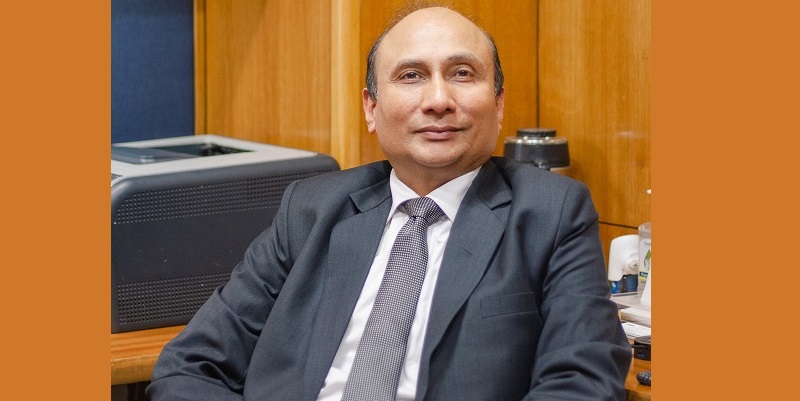Schedule a Call Back
Indian Railways drives the Indian demand for stainless steel: Tarun Kumar Khulbe
 Interviews
Interviews- Oct 15,24

Related Stories

Texmaco Rail Secures Rs 1.32 billion BLSS Wagon Order from TTRL
Texmaco Rail & Engineering Limited has secured an order worth Rs 1.32 billion, excluding taxes, from Touax Texmaco Railcar Leasing Private Limited (TTRL) for the supply of a rake comprising BLSS and..
Read more
Jindal Stainless Posts DJSI ESG Score of 78, Ranking among Top Global Steel Players
Jindal Stainless has achieved an ESG score of 78 in the DJSI Corporate Sustainability Assessment for FY25.
Read more
India’s Top 100 Engineering Companies 2025 by Smart Manufacturing & Enterprises
FY25 unfolded against a challenging external setting. Despite the global headwinds, India posted real GDP growth of 6.5 per cent in FY2024–25. In this edition, Smart Manufacturing & Enterprises (S..
Read moreRelated Products

Ball Rail Systems
Jinisha Electrolites offers a wide assortment of ball rail systems















